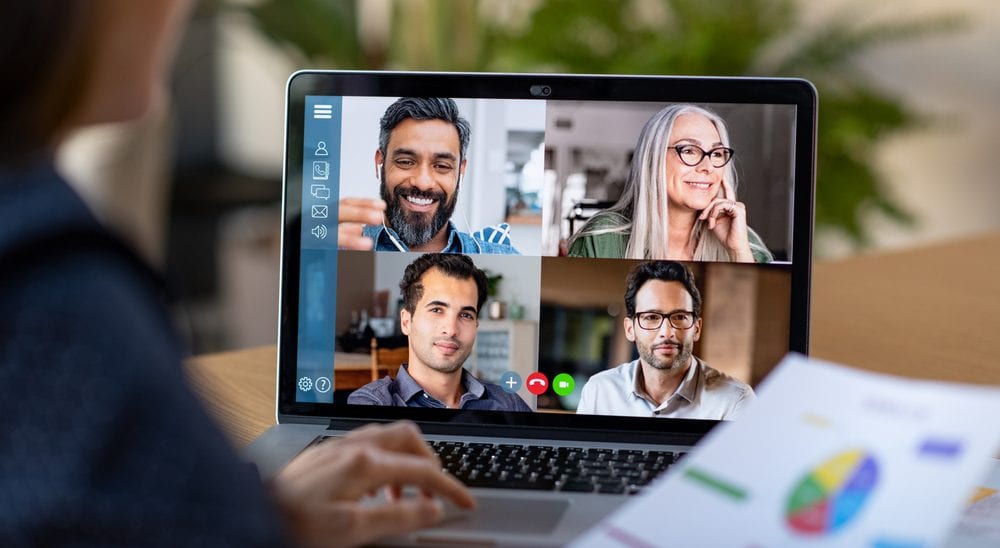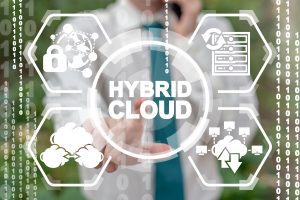Near, far, wherever they are: How IT will meet the need of the hybrid workforce

Kevin Turner from Unisys, looks at the importance of IT development and what companies need to look into with “hybrid” workforces during the pandemic.
It’s become clear that going forward, we will not all return to an office. 9 in 10 UK workers who have worked from home during lockdown would like to continue in some form, 21% state they would like to work from home permanently, while 46% of UK businesses will be staggering employees’ return depending on how critical their role is to the business. This means that there will be four typical types of worker in an organisation in the future:
Physical workers
These workers are people who need to be physically and permanently located in one place. This could be an office, or it could be their home. They will have technology at home that replicates their IT access in the office, but there is little value seen in having this worker travel to a building to sit and work when it is beneficial for them to remain at home. On the flip side, there will still need to be a workforce that does come to corporate offices daily and work. There will be limited change to the employee experience for them.
Backbone workers
These individuals are crucial in the smooth operation of a distributed workforce. As we now know, remote workers will no longer “touch base” as often, and the physical worker may well never come into the office. This means that the experience offered by these backbone workers in the technology space will focus on a high level of performance in systems and support to ensure that business as usual in a digital world continues.
Remote workers
Using integrated mobile technology, remote workers will operate from anywhere without the need for a hard connection to the corporate network.
Hybrid workforce
The remaining workforce will make up the hybrid workforce and organisations will need to make decisions about this new way of working. Organisations should create new business models that can scale as required to meet demand and the wishes of the hybrid worker to operate when they want. This will require an integrated set of technologies that join productivity systems into ERP systems and also integrate time recording systems. Given these requirements, many of these people will need the same technology and backbone support that the remote workforce will need.
New norms, and new-found respect for IT
IT has a huge role to play in ensuring this new phase of hybrid working doesn’t result in a hierarchy that results in different technology experiences for employees. So, how can businesses ensure that all employees, no matter their location, aren’t impacted in their ability to carry out their jobs?
Everyone in the organisation should be made aware of, and protect against, the risk of ‘availability bias’. Employees who are physically present in a meeting room, or round the corner from the IT team, for example, should not be given more time or greater weight than those operating digitally.
To ensure a consistent level of support across the different types of worker, an always-on IT function provides assurance that collaboration can happen through cloud-based tools whenever it needs to, while silent background capabilities that can predict and autocorrect issues before they occur ensure that everyone has a baseline of IT issue remediation. Including this automation for backbone support, such as IT, can also give them capability to add extra value to the end-user, and focus on more strategic projects rather than trying to keep on top of service desk tickets.
Giving more time back to the IT team also ensures that collaboration tools are effectively managed, where smart property combined with technology and digital tools provide the opportunity to co-create more rapidly, no matter where the employee is located.
It’s now far more difficult to establish where the enterprise network actually begins and ends. And with that change comes risk as the Virtual Private Networks (VPNs) of old are no longer adequate for protecting enterprises’ data and critical assets. If businesses truly want to secure their network perimeters in the age of remote working, complex ecosystems, and cloud hosting, while enabling all employees to work without disruptions from wherever they are in the world, they’ll need a suitably modern solution.
An experienced hacker can compromise a VPN quite easily, and once access is gained, the attack can propagate laterally and at speed from server to server within the data center. With a Software Defined Perimeter, however, it’s possible to control access to resources through user identity instead of IP address. This ensures that access to appropriate data and applications is limited only to authorised users and streamlines security management across all networks, users and devices.
Through the enablement of technologies to enable working from anywhere, organisations can build digital elasticity and resiliency into their operations and offer a seamless digital channel that will enable all employees to be better engaged and productive, supporting businesses in surviving the crisis. And as new challenges arise, as they undoubtedly will, companies must be ahead of the IT curve to ensure continuity of core operations and revenue streams.
